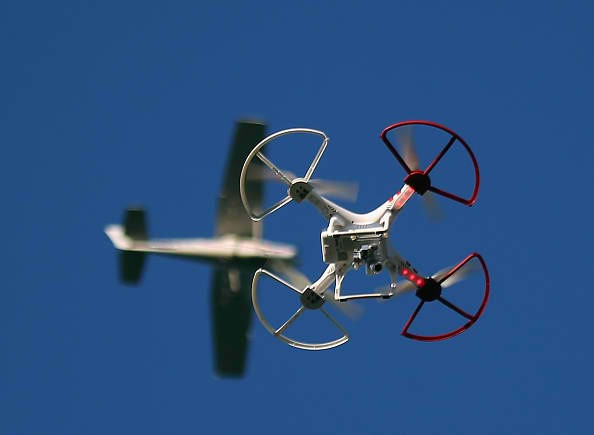
Chipmaker Qualcomm and telecommunications giant AT&T recently announced that they are teaming up on a new drone project. The project aims to develop drones that can utilize AT&T's vast 4G cellular network.
Experts believe that it will not take long for drones to dominate the skies. This opens up an opportunity for tech companies, not only in terms of production, to build a massive network that will serve as a unifying and regulatory platform that will guide the drones once they are airborne.
These proposed networks will guide drones so that they do not smash into buildings and into each other. Moreover, experts also believe that a single network platform could make it easier for drones to transmit data, a feature that will greatly increase their usability in cases such as aerial photography.
In a statement acquired by Fortune, ATA&T senior vice president of Internet of Things Chris Penrose said, "Many of the anticipated benefits of drones, including delivery, inspections and search and rescue will require a highly secure and reliable connection."
Qualcomm is planning to test its drone's at the company's San Diego campus later this month, according to CNet. The tests will involve flying drones in simulated real work environments such as uninhabited land or a residential neighborhood. One of the main goals of the tests is to understand how the current cellular network technology can support drones once airborne. AT&T assured its customers that the tests will not affect its consumer network connections.
AT&T and Qualcomm are also conducting tests in order to develop a new technology that can aid drones and allow them to fly beyond the line of sight of their human operators. It is important to note that the Federal Aviation Administration does not allow drones to fly outside of a human's field of view. However, companies like Amazon and Alphabet, Google's parent company, were able to acquire permission from the FAA to circumvent this rules for research purposes.



